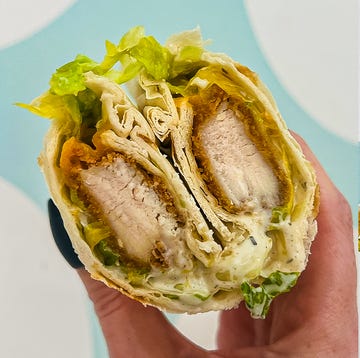There's a lot to know about food coloring, believe it or not. And once you've tackled all there is to know about the synthetic world of it, it's time to learn about the natural stuff. Let's dive right in.
Store-bought natural food coloring
When you buy natural food coloring, it's obviously different from the traditional dye you might associate with Easter Eggs or pastel cakes. The natural stuff is plant-based and free of glycerin and/or corn syrup. It's also much more expensive than anything with synthetic dye, but is typically sold in similar small dropper bottles.
While natural dyes are good for those who might be allergic to the artificial stuff, they're also not as potent, meaning you'll need more of it to achieve the color you're looking for. Even then, it might not be as brilliant of a hue. But still! Natural!
DIY natural food coloring
If you're not looking for anything store-bought, but still find yourself needing food coloring, there are many hacks for creating it on your own. For starters, SELF suggests simply using turmeric as yellow food coloring—no treatment needed.
Need to make something pink or red? You can either use beet juice (in recipes where added liquid won't affect the composition of the dish) or freeze-dry strawberries and crush those into a fine powder. Both will add pink tones to your food.
Dallas News provides similar solves for orange and green dye. Juice carrots and add saffron for the former, use straight matcha for the latter.
You can find more info on how to DIY your food coloring here.













